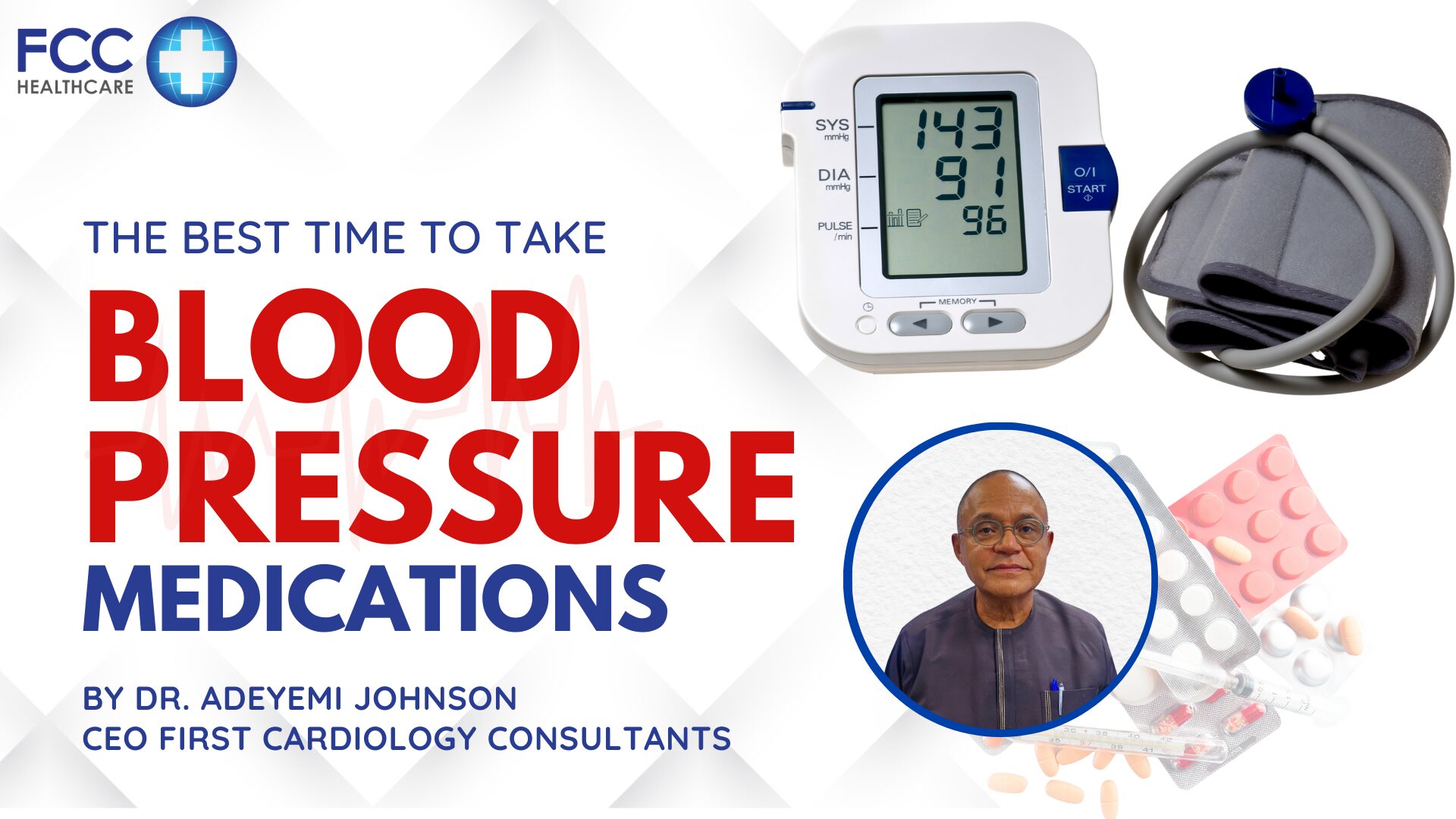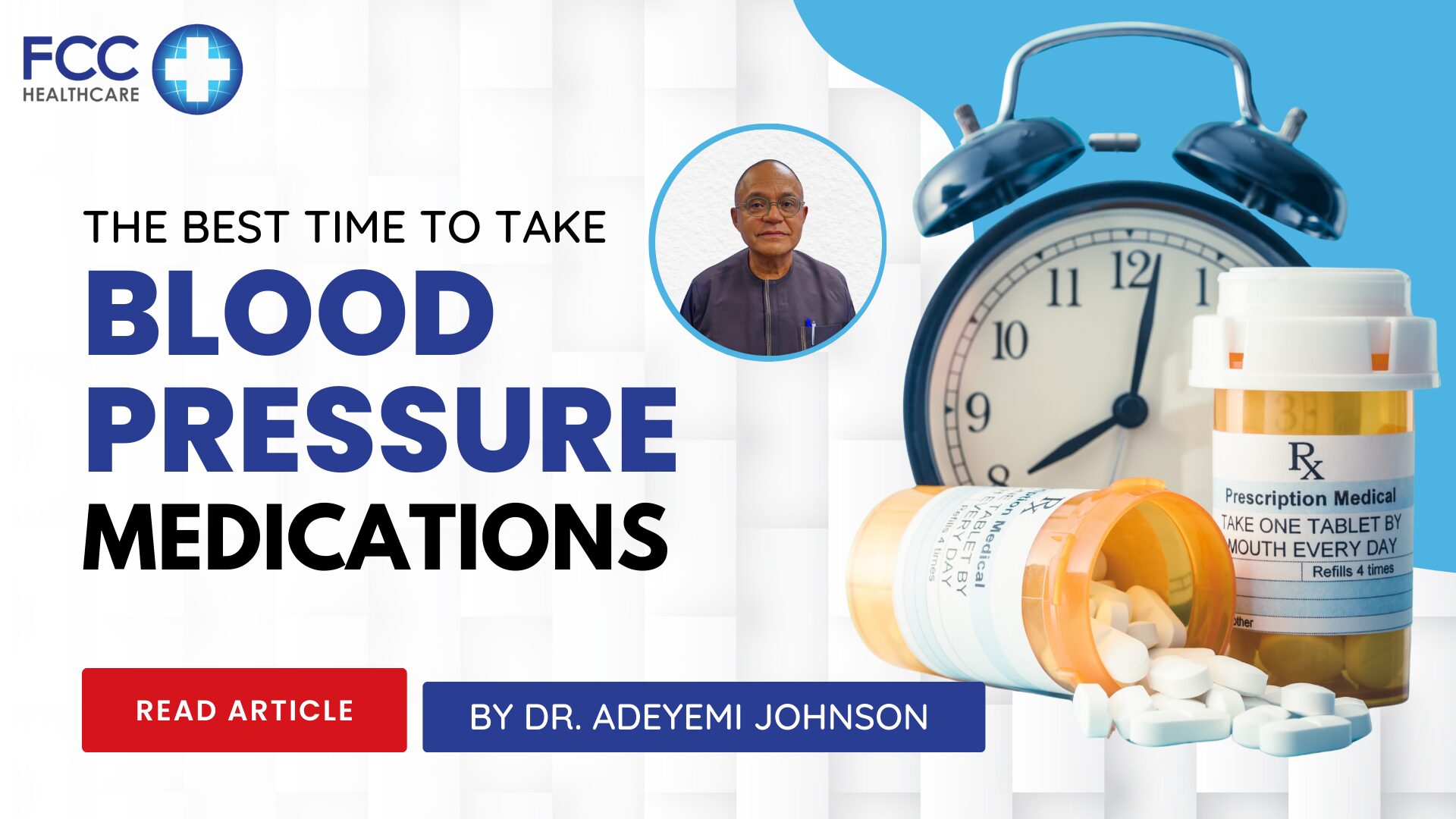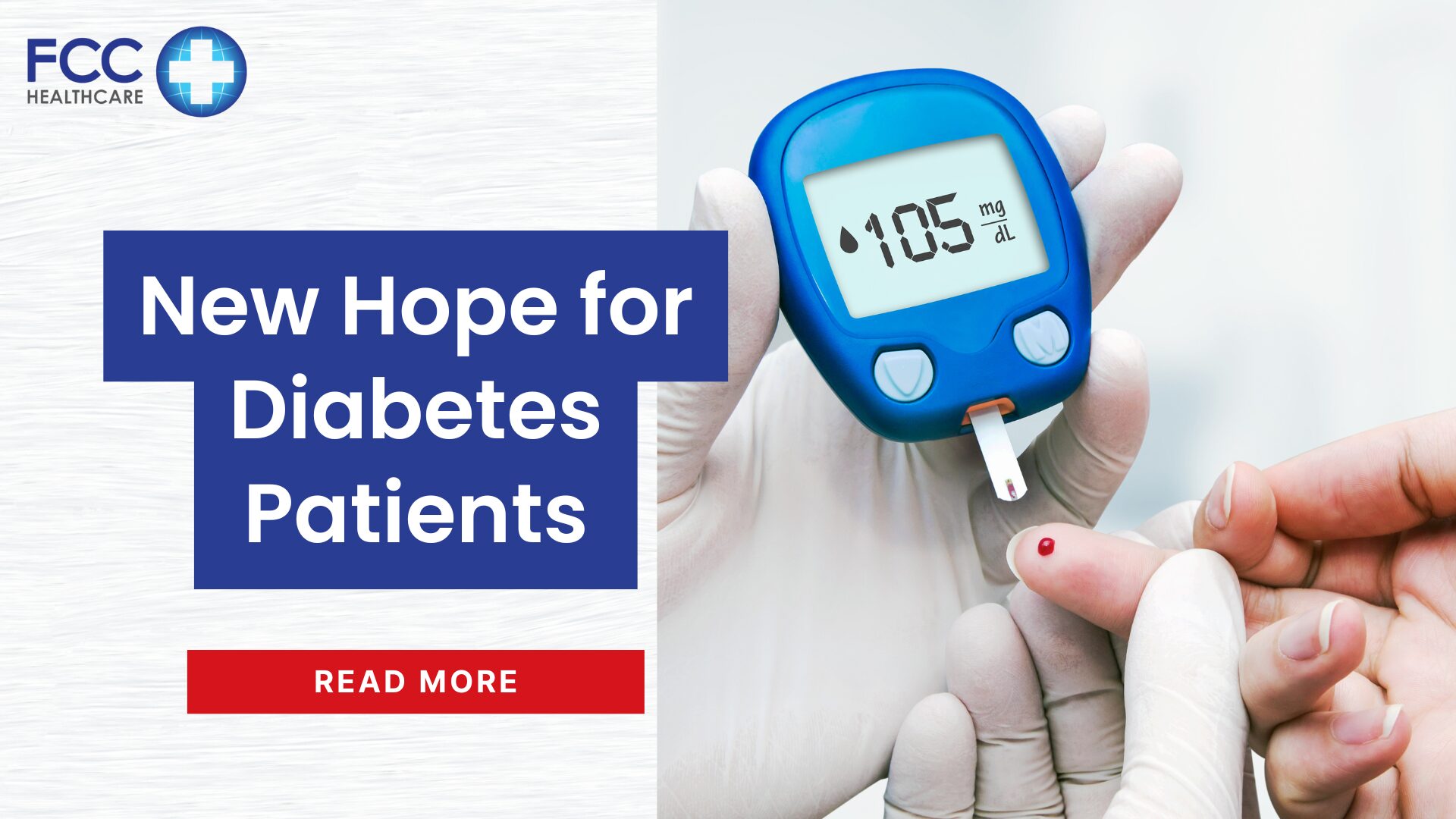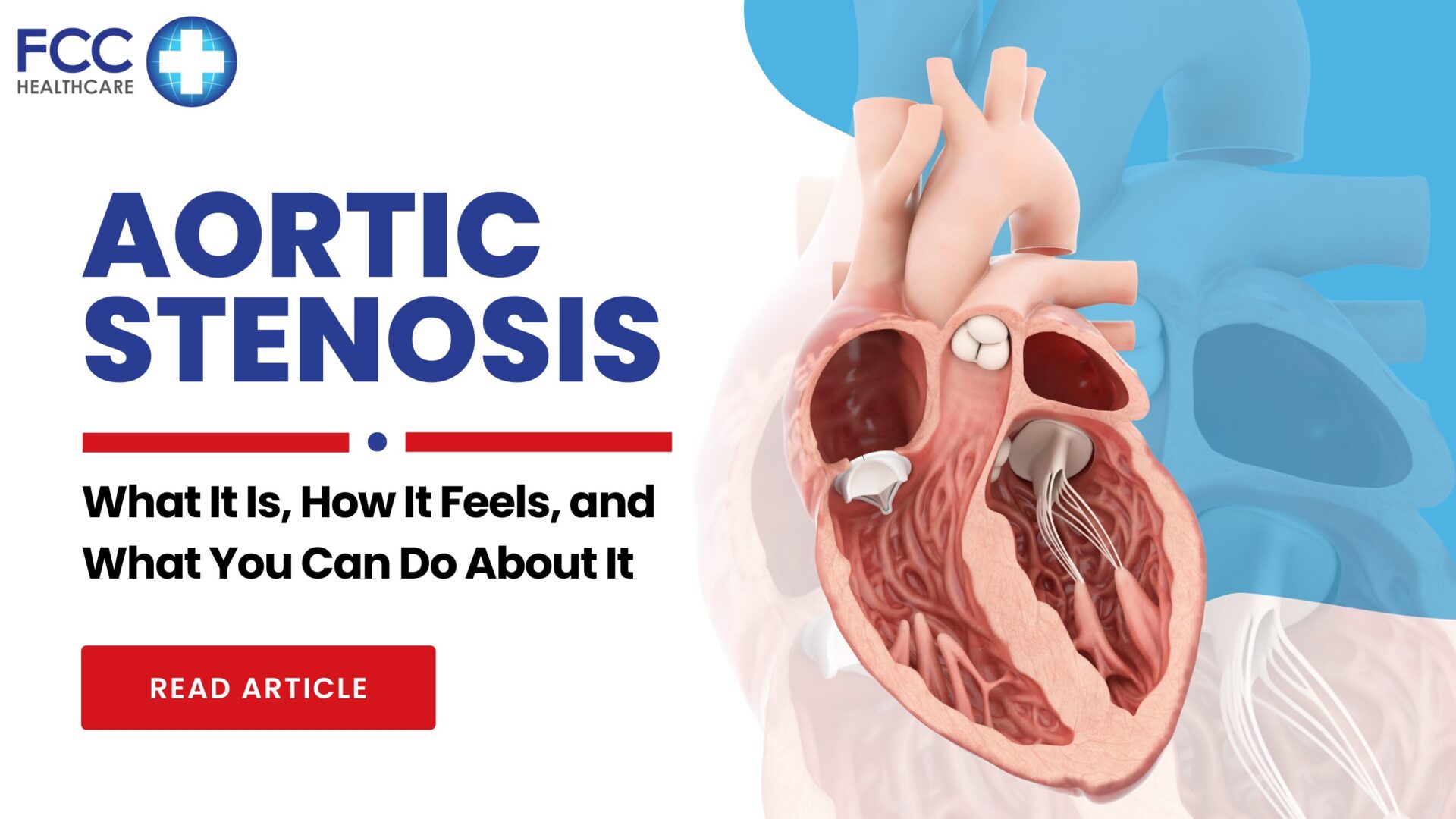The thin sac-like membrane that surrounds the heart, known as the pericardium, becomes inflamed when a person has pericarditis. While pericarditis can have a number of different origins, one particular kind is infective pericarditis, which happens when the pericardium contracts an infection. The causes, symptoms, and therapies for infective pericarditis will all be covered in-depth in this article.
Causes:
Typically, a bacterial, viral, or fungal infection that spreads to the pericardium is what causes infectious pericarditis. The most frequent bacterial infections implicated are Staphylococcus aureus and Streptococcus pneumoniae, whereas enteroviruses, coxsackievirus, and influenza viruses are the most prevalent viral culprits. Even though they are less frequent, fungi like the Candida or Aspergillus species can cause infections when an individual’s immune system is compromised.
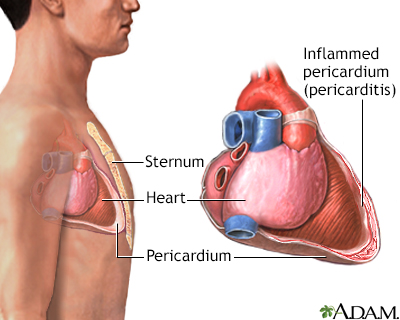
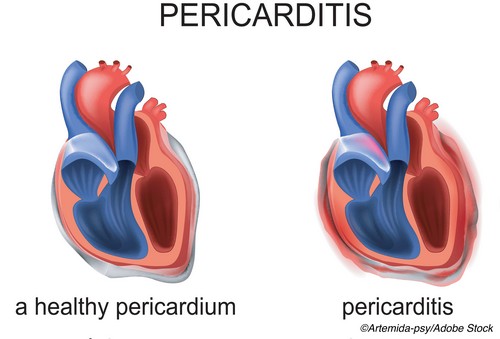
Symptoms:
The symptoms of infective pericarditis can vary depending on the underlying cause and the severity of the infection. Common signs and symptoms include:
- Chest pain: Sharp, stabbing pain in the chest that worsens with deep breathing or lying down.
- Fever: A persistent high temperature is often present in infective pericarditis.
- Breathlessness: Difficulty breathing and shortness of breath may occur, especially with physical activity.
- Fatigue: Generalized weakness and exhaustion can be experienced due to the infection.
- Rapid heartbeat: Increased heart rate, known as tachycardia, is a common symptom.
- Cough: A dry or productive cough may develop as the infection progresses.
Swelling:
Swelling of the legs, ankles, or abdomen can occur in more severe cases.
Diagnosis:
To diagnose infective pericarditis, a medical professional will typically perform a thorough physical examination, review the patient’s medical history, and order several tests. These may include blood tests to check for signs of infection, imaging studies like chest X-rays or echocardiograms to assess the condition of the heart and pericardium, and occasionally, a pericardial fluid analysis to determine the specific infectious agent involved.
Treatment:
The treatment of infective pericarditis aims to eliminate the infection, reduce inflammation, and alleviate symptoms. The specific approach may vary depending on the cause and severity of the infection. In severe cases where the infection does not respond to medication or complications arise more invasive procedures such as pericardiocentesis (removal of fluid from the pericardial sac) or surgical intervention may be necessary.
Conclusion:
Infective pericarditis, caused by bacterial, viral, or fungal infections, is a condition characterized by inflammation of the pericardium. It presents with symptoms like chest pain, fever, and breathlessness. Prompt diagnosis and appropriate treatment are essential to manage the infection, alleviate symptoms, and prevent complications. If you experience symptoms suggestive of pericarditis, consult a healthcare professional for an accurate diagnosis and personalized treatment plan.

